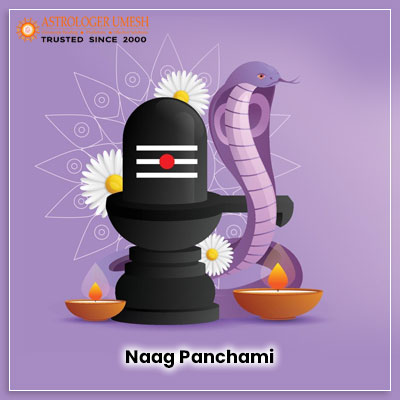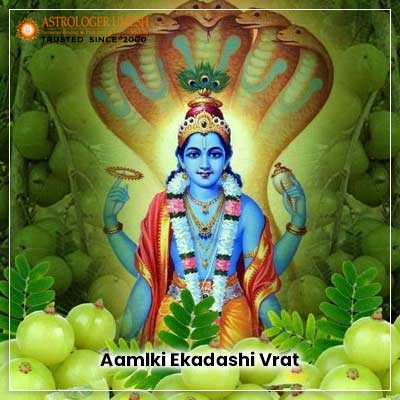Nag Panchami

Introduction To Nag Panchami
Nag Panchami is India’s one of the most religiously-auspicious festivals: The day is dedicated to worshipping and revering Nags/snakes, as per Hindu culture and religion. Moreover, the festival is found well-regarded among its adherents from Jain and Buddhism religion all over India.
Celebrated on Shravan month, Nag Panchami is celebrated in the Indian states like Gujarat, Rajasthan and Karnataka among others. Staunch devotees worship snakes as a show of regard and divine reverence paid to the serpent deity, made out of wood, stone, silver, or even the portrait of a snake lord.
In other words, anything representing the serpentine deity, whether it is an image or idol is worshipped by giving a reverential bath with milk. The devotees seek the blessings from the serpentine deity to make their life blessed with peace, happiness and prosperity in life. Milk is the most unmistakable part of the reverential ritual during the Nag Panchami festival.
Empower Yourself: Book Rahu Puja Today for Positive Transformation. Don’t Miss Out, Secure Your Spot.
Why Is Nag Panchami Celebrated?
The festival of Nag Panchami is celebrated to venerate the serpentine deity. Moreover, the festival itself signifies reverential treatment of the snakes by elevating their existence to the divine status. Moreover, it is also notable that Nag or snakes are endeared to Lord Shiva, given a snake is always coiled around his neck.
Moreover, Shesha, a serpentine God, forms a bed on which lord Vishnu lays. Therefore, Nag Panchami is celebrated not only to accentuate the significance of snakes, but also to worship them with the same reverence as to the Gods. In a nutshell, we can say that the celebration of Nag Panchami is to uphold the religious virtue of worshipping snakes as divine forms and offering reverential treatment to the serpentine family.
History/Story Of Nag Panchami
Most of the Indian scriptures, such as Narada Purana, Agni Purana, and even the Mahabharata epic have ascribed the religious significance of worshipping snakes in their respective ways.
According to the Mahabharata epic, Kuru king Janamejaya performed a specific ritual called SarpaSatra, aiming to destroy all the serpentine species from the earth, to avenge the demise of his father who was bitten by a venomous snake called Takshaka. Another legend mentions Kaliya Nag who was subdued by baby Krishna, to save the life of Gokul dwellers.
Who Is Worshipped On The Day Of Nag Panchami?
On the day of Nag Panchami, serpentine deities like snakes or cobras, and Nags are worshipped. The devotees offer them milk, sweets, and other religious things. Reverential baths and Prasad are offered to the idols or images of serpentine gods.
Devotees sing devotional songs and recite mantras to please the serpentine lords. They also observe fast and maintain other rituals qualifying them to receive the boon of the safety of their families from snake bites. Moreover, on this day, hurting snakes or digging their holes on earth are prohibited, considering such acts would put the life of the snakes in harm’s way.
Conclusion
Nag Panchami is one of the religious festivals in India known for giving reverential treatment to the snakes as divine manifestations. The devotees revere snake lords and offer them milk and other religious things considered auspicious on the day of Nag Panchami.
Elevate Spiritual Energy: Book Your Ketu Puja Now! Experience Divine Blessings and Harmony. Reserve Today!
Don’t Forget To Read:
Basant Panchami and Maha Shivratri































